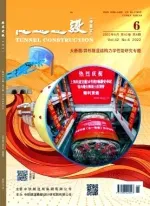北京铁路地下直径线泥水盾构刀盘、刀具适应性分析
何 峰
(中铁隧道集团有限公司北京地下直径线项目部,北京 100045)
0 Introduction
For the shield tunneling method,a construction method for underground works,the equipment is critical for its successful implementation and the configuration of the cutter head and cutters is very important.Adaptability of the configuration to geological conditions of a project will directly affect the cutting result,tunneling rate and construction efficiency of the shield machine,so the configuration scheme of the cutter head and cutters should be specifically designed according to different geological conditions[1].
It is universally acknowledged in the industry that design of the cutter head and cutters under the sand-pebble condition is a technical challenge[2],and in recent years,we have made many useful researches and studies in this field.Paper[3] analyzed advantages and disadvantages of the shield machines used in Chengdu Metro Project,and set forth many methods that can effectively solve the problem of safety of cutter replacement for shield machines such as increasing opening rate of cutter head ,using belt-type screw conveyors instead of shaft-type screw conveyors,handling pebbles mainly by discharge instead of by crushing,allowing extension of cutter head,and using muck baffle when replacing cutters and so on;Paper[4]put forward suggestions and opinions for logical configuration of cutters of existing cutter head in such aspectsas cutter head opening rate,opening location selection as well as logical configuration of disc cutters,scrapers and tooth cutters based on comparison between configurations of cutter head and cutters of two shield machines of Lot 4 of Chengdu Metro Line 1;Dduring shield tunneling for Chengdu Metro Project,serious wearing of cutters was a major problem that restricted smooth implementation of the project[5].On the basis of analysis of cutting principle of cutters and site investigation of wearing of cutters during shield tunneling,the main causes of wearing were pointed out and finally reasonable suggestions and opinions were put forward after analyzing and studying features and causes of wearing of disc cutters and scrapers.
Although the above papers have achieved certain results,the strata features and engineering conditions of Beijing Railway Underground Connecting Line are different and moreover,in China,there is no successful largediameter slurry shield project under the sand-pebble condition for reference.Therefore,it is necessary to carry out study on application of the cutter head and cutters used under the sand-pebble condition in this project,which is of great significance for popularizing the overall structure reinforcement of cutter head as well as selection and configuration of cutters for similar strata.
1 Engineering Geological Characteristics
For the Project of Beijing Railway Station-Beijing West Railway Station Underground Connecting Line,the 12.04 m-diameter slurry shield machine was planned for construction of the 5 175 m long shield tunnel.
The real geological conditions of Beijing Underground Connecting Line Project are greatly different from those in the geological investigation of the preliminary design.The main differences are as follows:firstly,the compactness of the stratum which the shield tunnel crosses is very large(i.e.N120 > 14);secondly,it was found during the construction that there was a 1~2 m thick pebble cementation layer in the groundwater level variation area,and its maximum strength was 23 MPa according to the sampling test;thirdly,according to screening test of mucks separated from the slurry,the variation of the components of the strata that the tunnel crosses is larger than that in the geological investigation report,especially the local clay layer content and the fine grain content are largely different from those in the geological investigation report;fourthly,the grain size of revealed pebbles is larger than that described in the geological investigation report.The details about the grain screening as well as the revealed pebbles and cementation layer are shown in Fig.1 and Table 1.
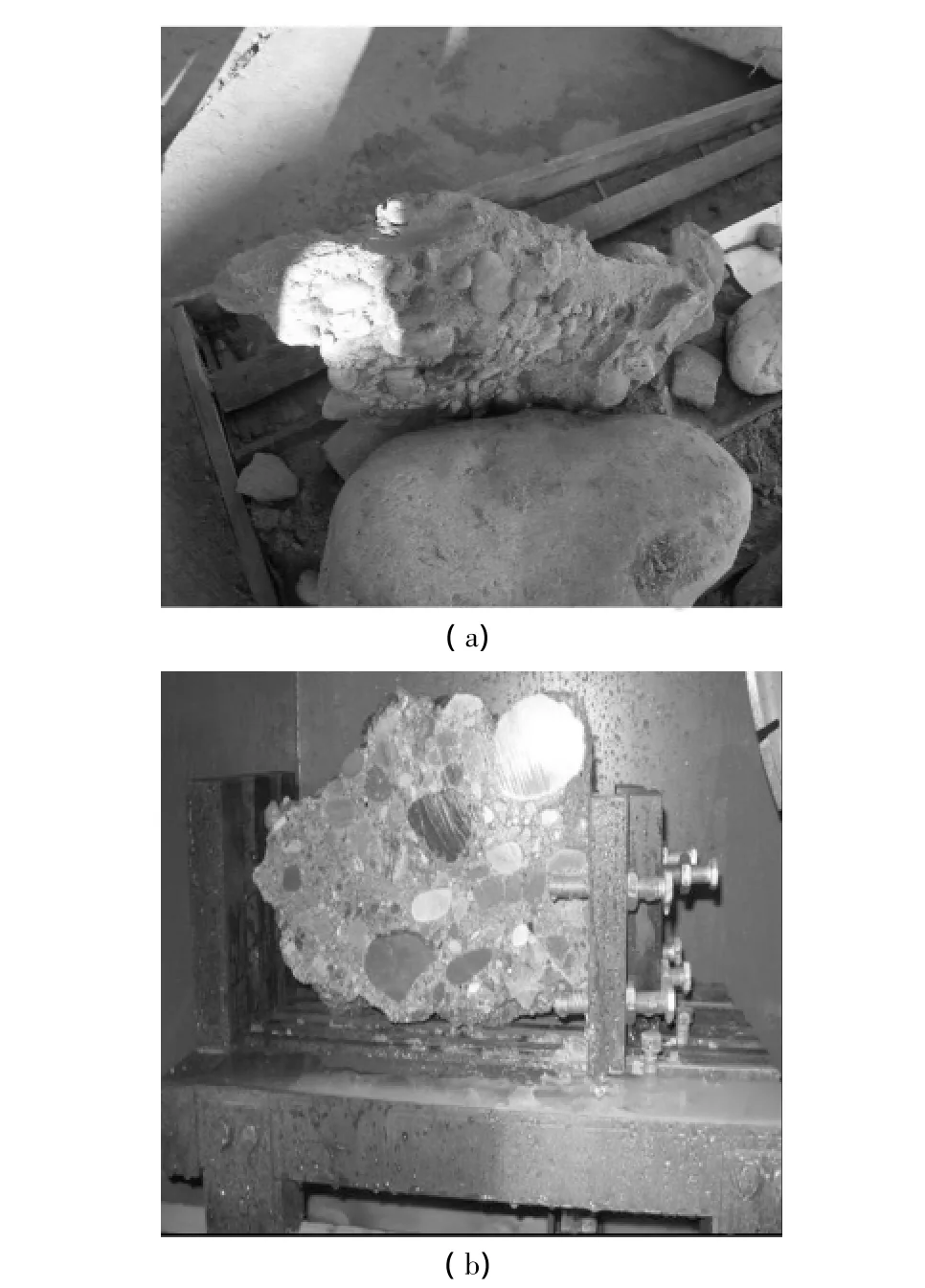
Fig.1 Revealed cementation layer and large pebbles of Connecting Line
2 Original Configuration of Cutter Head and Cutters and Its Application
2.1 Configuration of cutter head and cutters
The cutter head and cutters were originally designed based on the original geological investigation data and in accordance with the theoretical basis of cutting of the ordinary sand-pebble stratum.Two-layer cutting was adopted in cutting tool configuration:using the heavy-duty splitter as the advance cutter to carry out the main cutting while using the cutting bit to carry out the follow-up soil scraping and cutting.The height difference between the heavy-duty splitter and the cutting bit was 20 mm.
The composite cutter head was used with the opening rate of 30%and the opening design of wedged step struc-ture to allow the opening behind the cutter head to gradually become larger and larger so as to facilitate flowing of the muck and prevent clay from clogging the opening.At the same time,the central opening rate of the cutter head was designed at 45%so as to effectively avoid clay cake formed in the clay stratum.The mixing arm was installed on the back of the cutter head to prevent muck from settling,optimize the control of the slurry pressure and improve the slurry homogeneity[6].
The original configuration of cutter head and cutters mainly included the tooth cutters:heavy-duty splitters(which are interchangeable with 17″(1″=2.54cm)disc cutters),cutting bits,peripheral scrappers,central fishtail cutting bits and reaming cutters.See Fig.2 below.
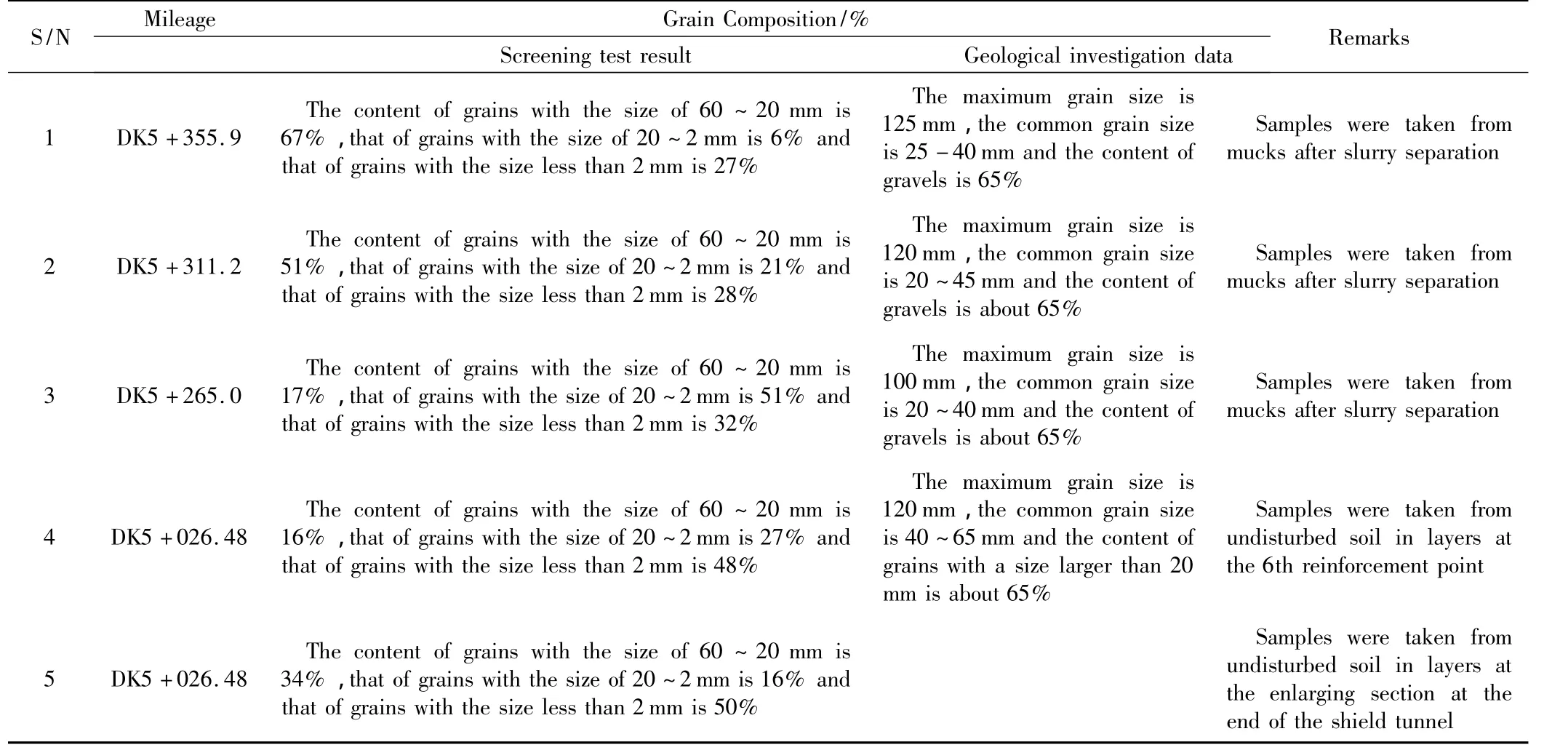
Table 1 Comparison between grain contents obtained in muck screening test and those described in geological investigation document
2.2 Application of cutting head and cutters in original configuration
After the shield machine tunneled for 69 m and reached DK6+718.2,the main drive safety shaft was broken due to the huge cutter head torque.In the inspection by entering the chamber with pressure,it was found that the cutter head and the cutters were seriously worn out.
2.3 Analysis on causes of problems in cutter head and cutters in original configuration
Firstly,there are some defects in the present geological investigation by drilling,because the undisturbed soil sample is destroyed during drilling,and as a result,the fine grain content in the strata cannot be revealed in details and it is difficult to find out the existing calcitic cementation layer;secondly,in rock and soil codes,the compactness of sand-pebble stratum should be determined mainly through the standard penetration test,but in the rock crushing mechanism of shield cutters,the stress applied by cutters in axial direction and radial direction to the stratum should be considered at the same time,so the present compactness presentation can hardly meet the demand of shield cutter design.As the above problems make configuration of shield cutters cannot match the actual strata characteristics so that the content of large pebbles is far more than that in the geological investigation report.Moreover,where there is local cementation layer,the heavy-duty splitters cannot loosen the soil layer and will be seriously damaged so that the cutting bits have to participate in cutting during which many cutting bit teeth will fall after collision with pebbles and in such a case,the cutter head and cutters will be worn out;the peripheral scrappers have the maximum linear speed,so their wearing is the most serious.After serious damage of cutter teeth,the cutter seat will be directly worn out by the stratum,and for cutters,the teeth point contact will be changed into plane contact,which will finally lead to serious wearing of cutter head and cutters.Details are shown in Fig.3 below.
3 Improvement of Cutter Head and Cutters
For the problems existing in the original configuration of cutter head and cutters,according to our understanding about the strata,we decided to improve the configuration of cutter head and cutters.(According to adaptability of different cutters to the strata(see Table 2),the cutter head of the original design was improved as shown in Fig.4).
3.1 Main improvement items of cutters
1)Replacing the heavy-duty splitters,cutting bits and peripheral scrappers of the original design with the disc cutters,new wearing-resistant cutting bits and new wearing-resistant scrappers.
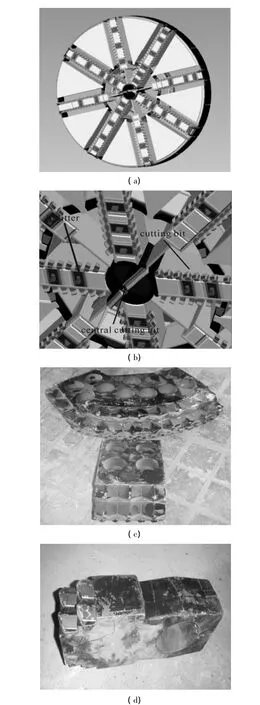
Fig.2 Original configuration of cutting heads and cutters
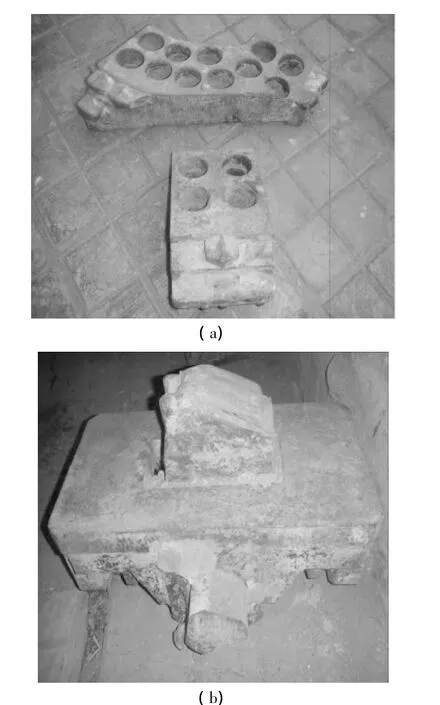
Fig.3 Wearing of scrappers,cutting bits and heavy-duty splitters
2)Cutting off the seats of the 12 central cone-shaped fishtail cutting bits on the cutter head of the original design,and providing 5 central duplex disc cutters,and at the same time improving the rotary connector of the cutter head to make it adapted to the change from central fishtail cutting bits to disc cutters,focusing on improving copying cutters,inspecting cutter hydraulic pipes,and providing protection.
3)Setting an additional 17″disc cutter on the 90°spoke and 270°spoke respectively on the cutter head.
4)Providing additional 26 replaceable splitters on spokes of the cutter head and 26 additional welded splitters on spoke plates.
5)Making holes in spoke plates on the periphery of the cutter head,fabricating short cutter beam,installing the side disc cutter,and providing 1 additional scrapper and 3 cutting bits on two sides of the cutter beam.At the same time,providing 1 additional welded splitter at the cutter head chamfers near two sides of the short cutter beam respectively.There were 8 disc cutters,16 scrappers and 48 cutting bits in total.
6)Providing 1 additional cutting bit on outer diameters of the spokes of the cutter head respectively.16 cutting bits were used in total.
7)Providing 96 additional peripheral protective cutters in the outer periphery and outer diameter transition zone of the cutter head.
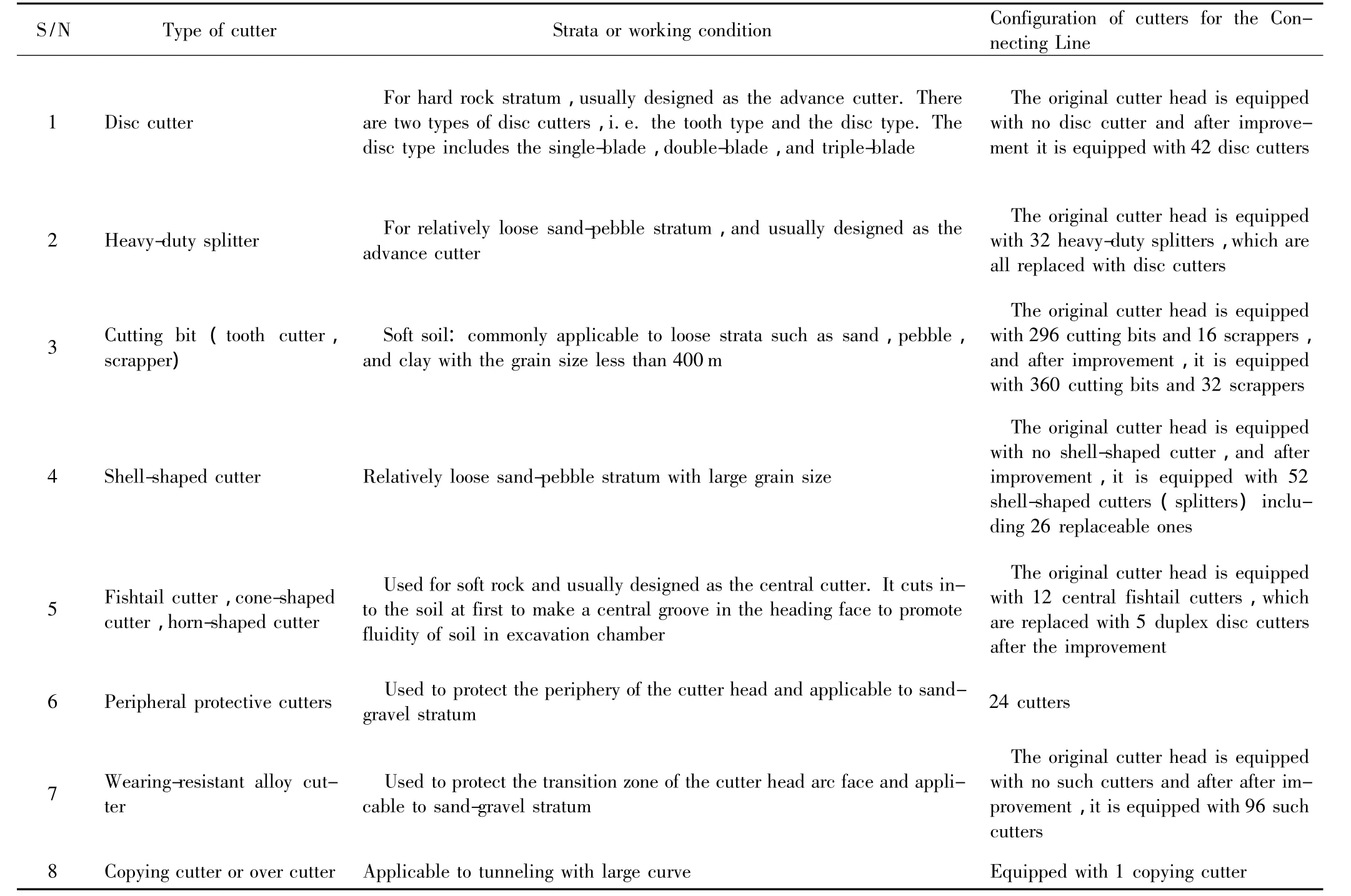
Table 2 Comparison of adaptability of cutters
3.2 Reinforcement of overall steel structure of cutter head
The maximum stress produced by the improved cutter head was 525MPa,which was far more than 355MPa,the designed yield stress of the cutter head before improvement,so reinforcement plates were used to reinforce the cutter head to ensure that the structure of the reinforced cutter head can meet the overall strength requirement of the cutter head.
Reinforcement steel plates were set between the cutter head spoke plates and bars,steel plates of box structure were set between the cutter head spokes and flanges,and reinforcement steel plates were set between spoke plates and flanges.The reinforcement of these steel plates guaranteed the overall structure of the cutting head.
3.3 Overall wearing resistance treatment of cutter head
1)Additional wearing-resistant steel plates were set in the peripheral area of the front face of the cutter head spoke plates.The wearing-resistant steel plates were made of hardox500 and were 20 mm thick;10 mm wearing-resistant steel plates were set in the area near the center of the cutter head spoke plates by fillet welding,and additional splitters were welded on the front face of the spoke plates to improve wearing resistance of the cutter head.
2)Due to long tunneling distance of the shied machine,complex geological conditions,and the maximum linear speed of the outer circle of the cutter head,the wearing of shield machine was the most serious.Therefore,40 peripheral scrappers were set with a mean spacing of 0.9m,and at the same time,the wearing resistance of the cutter head was enhanced by means of welding wearing-resistant triangle blocks and doing additional wearing-resistant surfacing welding in gaps of the original wearing-resistant surfacing welding.
3)The wearing of the outer circle and the front face chamfer of the cutter head was the most serious because these locations were worn out after the peripheral scrappers being worn out.Therefore,wearing-resistant splitters were welded on both sides of the short cutter beam,and at the same time two additional alloy cutters were provided on both sides of each splitter to protect the cutter head chamfers together with the disc cutters on the short cutter beam,the peripheral scrappers and welded splitters so as to promote the wearing resistance of the cutter head.
4)Wearing-resistant steel plates were provided by fillet welding and wearing-resistant layers were provided by surfacing welding at all muck chute outlets of the spoke plates and bars to enhance the wearing resistance capability.
5)The additional disc cutter heads and cutters were protected by means of wearing-resistant surfacing welding.
3.4 Improvement of flushing system
As the clay content is high in the east section of the shield tunnel,a flushing system is provided to prevent the clay layer from sticking to the cutter head and cutters and avoid clay cake formed in the center of the cutter head.
4 Analysis on Adaptability of Improved Cutter Head and Cutters and Countermeasures
4.1 Analysis on adaptability of cutter head
1)After improvement,the cutter head is provided with disc cutters,splitters and alloy cutters,and at the same time,wearing-resistant welding and wearing-resistant steel plates are provided at different locations on the face plate.In this way,the passive wearing of the cutter head is substituted by active cutting of cutters,which can effectively protect the cutter head.
2)The environment requirements and geological conditions have significant influence on the cutter head opening rate.Taking all factors into consideration,such as stability of heading face during construction,muck flow,and boulders of less than 650 mm size,and so on,the design of cutter head of spokes+face plate was applied to the Connecting Line,which basically met the demand of tunneling and cutting.At the same time,for the total opening rate of the cutter head,the original design was used,i.e.the total opening rate was kept around 32%,but the local opening rate was properly optimized:disc cutters,instead of central fishtail cutters,were used and disc cutters were set at peripheral openings,which objectively changed the flowing track of the soil on the face plate of the cutter head and improved the fluidity of mucks.
4.2 Introduction of three-dimensional cutting concept
Disc cutters were used as advance cutters,and an additional layer of splitters were provided between disc cutters and cutting bits.The height difference between disc cutters,splitters,cutting bits was all 20mm.During cutting,splitters effectively protected the cutting bits,and two-layer cutting was changed into three-layer cutting.In this way,the demand of three-dimensional cutting was satisfied.
4.3 Analysis on adaptability of cutting bits
As shown in Fig.5,abnormal damage was very serious during the 1.8km shield tunneling completed so far,because the angle of the contact location between the cutting bit and seat was too small,and during the rotation of the cutter head,the back and side of the cutting bit were under high-speed impact of pebbles and boulders,which brought the bolts of the cutters under frequent and uneven fatigue stress.After the bolts were broken,cutting bits fell and accumulated at the bottom of the excavation chamber.During rotation of the cutter head,the fallen cutters drastically collided with those on the cutter head,which led to falling of cutting bits and scrappers in a larger scope,and as a result,pressurized diving must be done to fish up the fallen cutters and meanwhile cutters on the cutter head must be recovered.
4.4 Analysis on adaptability of disc cutters
The front-face disc cutters used for the Connecting Line were the double-blade disc cutters,side disc cutter,and single-blade disc cutter.The spacing between them was 80 mm.During the tunneling,it was found that the wearing of all the disc cutters was normal,and bias wearing and cutter ring breaking were rare.However,it was found that wearing rate of double-blade disc cutters was faster than that of single-blade disc cutters,and the wearing degree was more serious.At the same time,axial movement of some double-blade disc cutter rings was found.Analysis and study show that it happened because during driving of shield machine and rotation of cutter head,double-blade disc cutters were under high-speed impact of pebbles and boulders,which caused axial movement of cutter rings and deformation of cutter bodies.In order to mitigate wearing of disc cutters,promote their service life and cut down cost,single-blade disc cutters,instead of double-blade disc cutters,were used.This method has achieved satisfactory result,i.e.the service life was promoted by 1/3.However,after the doubleblade disc cutters were substituted by single-blade disc cutters,spacing between cutters was increased.Relatively speaking,the quantity of disc cutters on the face plate was insufficient,which led to more wearing of cutter head by sand-gravel.
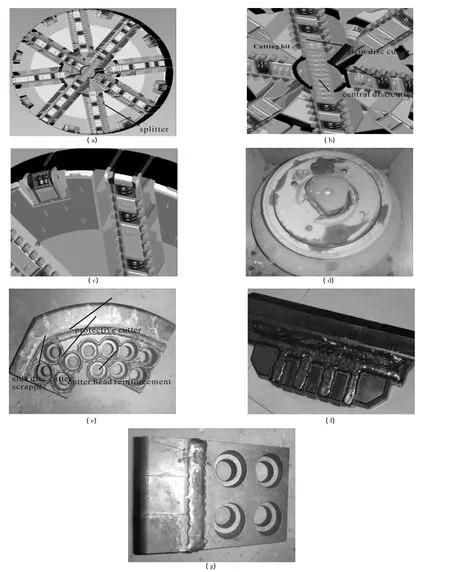
Fig.4 Configuration of cutter head and cutters
4.5 Countermeasures
1)The wearing resistance and service life of disc cutter bodies and collars were improved by properly increasing the width of cutter blades and meanwhile their anti-impact capability was improved.The starting torque of disc cutters,which should not be more than 25N·m,should be strictly controlled,because for single-blade disc cutters,high starting torque will disable the excavation face from providing enough reaction force to overcome the starting torque and resistance torque.
2)The mixture ratio of the slurry system was properly adjusted and bentonite of proper amount was filled into the excavation chamber to improve the fluidity of mucks and reduce agglomeration of mucks in the cutter box so as to mitigate wearing of cutters and cutting head.
3)Key technical parameters,such as the cutter head speed,torque,penetration,shield machine driving force and driving speed,etc.are rationally selected on basis of the geological conditions and properties of the cutter head and cutters so as to reduce abnormal wearing of the cutter head and cutters.
4)Close attention was paid to the geological changes of strata,the configuration of the cutter head and cutters as well as the shield tunneling parameters were timely adjusted,and new processes,new technologies and new cutters were adopted.
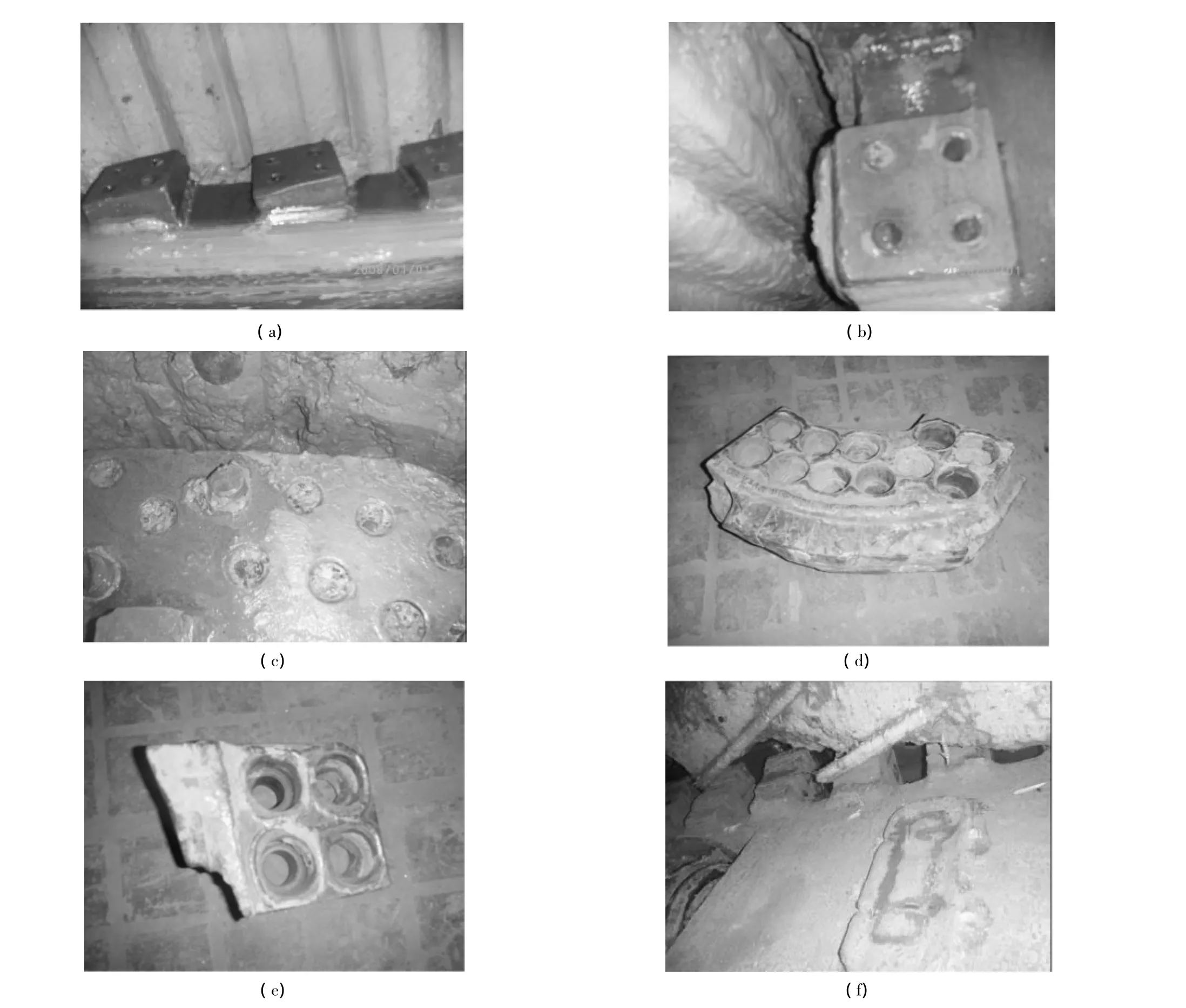
Fig.5 Pictures of fallen cutters and damaged cutter seats
5)Inspection by entering the chamber with pressure was made,cutters were replaced in time,and repeated fastening of bolts of the cutters was made.The cutters falling into the excavation chamber must be timely fished up.Feed back and evaluate The damage of cutter head and cutters were fed back and evaluated and the damaged cutter head and cutters were recovered in time.
4.6 Comparative analysis of cutter head and cutters before and after improvement
1)Comparison of tunneling parameters(see table 3).
2)After heavy-duty splitters were substituted by disc cutters,additional 52 splitters were used(including 26 replaceable ones).The improved disc cutters were used as the advance cutters,and the height difference between disc cutters,splitters,and cutting bits is 20 mm,which achieved the three-dimensional cutting.The threedimensional cutting played an outstanding role in protection of the cutter head and cutters:firstly,it allowed relatively clear work division of the cutting action of cutters,and the disc cutters,splitters,and cutting bits carried out soil cutting in sequence according to change of the penetration of cutting tool wearing;secondly,the three-dimensional cutting can facilitate flowing of mucks after cutting on the cutter head face plate and thus mitigate the secondary wearing of the cutter head and cutters.
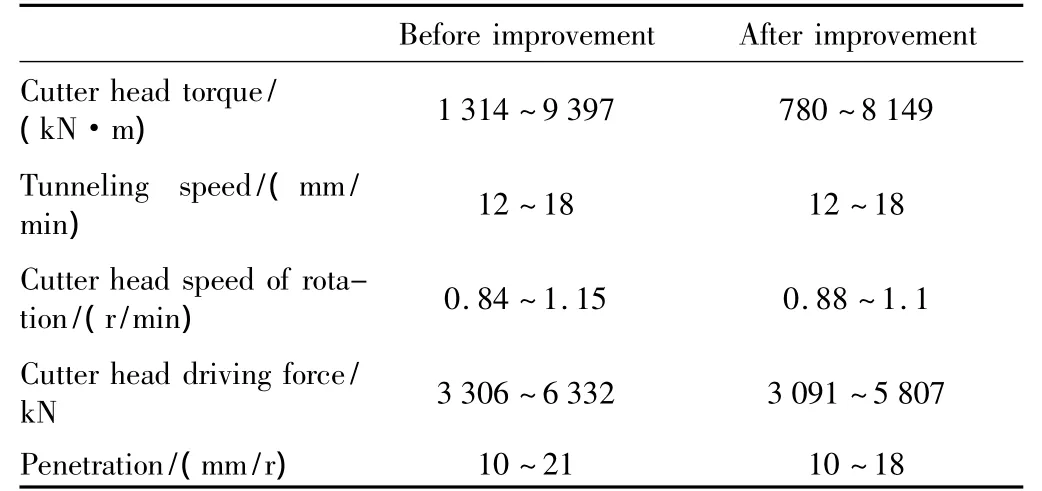
Table 3 Comparison of tunneling parameters
3)After substituting disc cutters for heavy-duty splitters,the spacing between cutters was increased to deferent degrees at different locations,and two remedying measures were taken for the Connecting Line:one was to use double-blade disc cutter at the location where the spacing between cutters was large,and the other was to set more splitters on the spokes of the cutter head.
5 TheSecondaryImprovementofCutterHead and Cutters
The improved shield machine succeeded in the 1.8km tunneling,but due to features of the sand-pebble of Beijing Connecting Line,cutting bits of the shield cutter head fell in a large scope,and other intact cutting tolls on the cutter head were indirectly damaged.At the same time,the wearing-resistant welding of the shield cutter head was worn out.Therefore,the aforementioned problems couldn’t be solved only by entering the chamber with pressure,and it was difficult to fulfill the task of the following 3.4 km tunneling.The type of cutting bits and seats on the cutter head must be improved and pressurized wearing-resistant welding must be done at the locations where the cutter head was damaged or worn out so as to avoid similar phenomenon arising again.According to the complex geological conditions of the shield tunnel of the Connecting Line,the location relationship between the major risk points along the line and the structures around,and such requirements as settlement index,etc.,it was determined to enter the chamber with pressure at DK5+028 on west side of Xuanwumen to carry out hot operation of welding so as to make the secondary maintenance and improvement of the cutter head and cutters.The main contents are as follows:
1)Cutting bits were changed from the original boltconnection type to pin-connection type,and new cutting bit seat was set on the original seat by fixed-position welding.
2)As for the treatment measure for scrapper seat,a new seat was welded on the original scrapper seat to mount the new scrapper.
3)The treatment measure for disc cutter box was to cut off the disc cutter shaft,which can not be dismantled,and then carry out repair welding of the cutter box after removing the disc cutter to mount the new cutter.
4)Peripheral protective cutters were welded on the periphery of the cutter head to ensure the wearing resistance of the cutter head periphery and the excavation diameter.Wearing-resistant splitters were welded on the face plate of the cutter head to mitigate wearing of the cutter head and reduce the stress on the cutting bit during rotary cutting of the cutter head.
5)Wearing-resistant repair welding was made according to wearing of the cutter head at such main locations as the cutter head front face,chamfer,outer circumference,cutting ring on the back as well as the cutting tool seat and cutter head opening,etc.
By the measures above,we repaired the damaged or worn parts of the cutter head,especially effectively resolved the problem of cutting bit falling during tunneling in the sand-pebble stratum and thus ensured smooth shield tunneling.
6 Conclusions and discussion
Based on the comparison between two configurations of cutter head and cutters used in the Connecting Line Project,conclusions can be made as follows:
1)Effective cutting of the sand-pebble stratum can be achieved through logical configuration of cutters in different lengths such as disc cutters,splitters,and cutting bits,etc.
2)It is necessary to use disc cutters in configuration of the cutter head and cutters for compact sand-pebble stratum.Furthermore,the disc cutter size as well as the cutter height difference between layer 1 and layer 2 should be increased whenever possible according to the pebble size and compactness so as to promote the cutting penetration and tunneling efficiency.
3)The interchangeable ability of disc cutters and splitters can ensure adaptability of the shield machine to strata with uneven hardness.
4)The cutters can be effectively adapted to cutting of the sand-pebble stratum by increasing their quantity and the machine is fit for the sand-gravel geological condition effectively by using more cutters and densifying the cutting tracks.
5)Increase of height difference between cutters will affect the strength and rigidity of the cutter bodies and cutter head,so their strength and rigidity should be enhanced in the design.
6)As the wearing of cutters used in the sand-pebble stratum is very serious,periodically entering the chamber with pressure to replace cutters should be managed as one process,and at the same time,automatic testing of cutting tool wearing as well as study on wearing-resistant materials for cutters should be enhanced to effectively lengthen the primary tunneling distance of cutters and reduce their wearing coefficient.
[1] LIU Jianhang,HOU Xueyuan.Shield tunneling[M].Beijing:China Railway Publishing House,1991.
[2] HAN Yali,LV Chuantian,ZHANG Ningchuan.Shield machine selection and function design for Beijing Railway Underground Connecting Line Project[J].Engineering Sciences,2010,12(12):29-34.
[3] WANG Guoyi.Configuration of shield equipment for Chengdu Metro Project[J].Tunnel Construction,2008,28(4):501-504.
[4] GUO Jiaqing.Selection of shield cutter head and cutters used in Chengdu sand-gravel stratum[J].Construction Mechanization,2009,30(2):56-58.
[5] LIU Gaofeng,SONG Tiantian.Analysis and Research on Wearing of Shield Cutters Used in Chengdu Metro Project[J].Tunnel Construction,2007,27(6):89-93.
[6] Lou Ruyue.The latest technology of slurry shield construction[J].Shanghai Tunnel Engineering Co.,Ltd.,2003(3):27-30.

